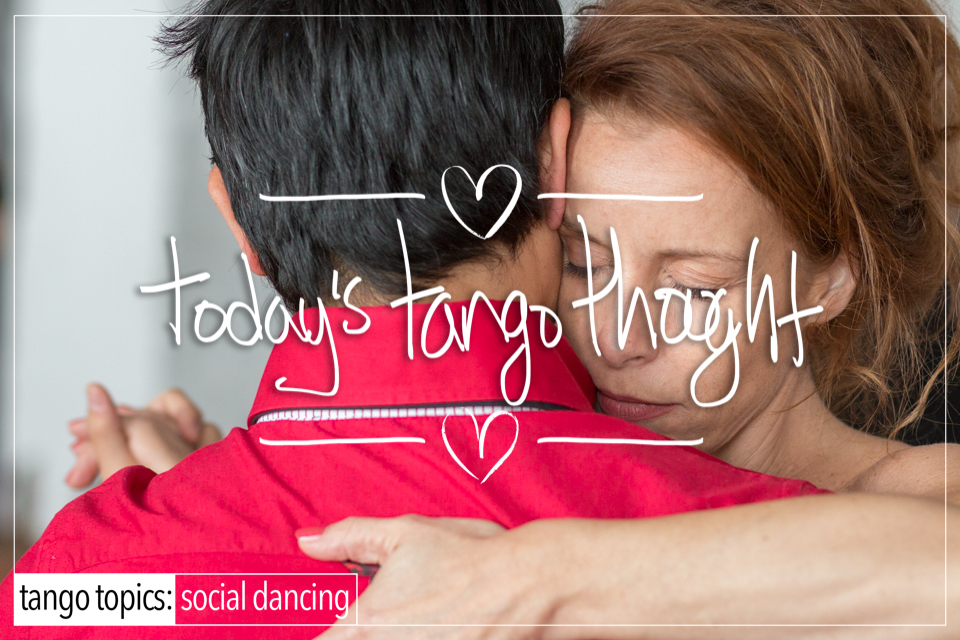There’s a great deal of debate on this one thought >
Is the foundation of dance really walking ? Or is it something else ?
Is it steps/patterns/figures ?
Is it the music ?
Is it the Milonga experience itself ?
Is it all of this stuff ? Is it none ?
This discussion point is not going to answer that question, but will offer you an opinion that is exceptionally hard to refute, consider if you will the following:
1. ) In order to get from point a. to point b. we either must take some form of transit, or walk…putting one foot in front of the other (or behind).
2.) Without modern forms of transit or transit that involves wheeled motion, or forms of flight, we are relegated to either animal asst’d movement (horse, donkey, elephant, cow…) or our own two feet.
3.) All dances, regardless of the form, require some form of walking locomotion, especially the partner dances. Even ContactImprov requires it to a lesser degree.
If all of that is true, then the world of transit or getting from point a to wherever is really all about walking. If that’s the case then it stands to reason that tango is about the walk as well. And it is important to focus on the quality of the walk, and spend lots of time working on one’s walk because it is the foundation of everything else that you’ll ever do in the dance. Which is to say that the cleaner that you make that walk, the more that you study that walk, the more that you understand that walk, the easier is is to manipulate and it (mentally) to make it bend to your wishes! Draw your own conclusions from there…











